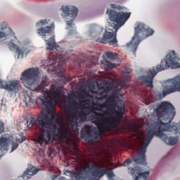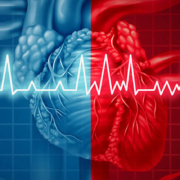Coronavirus spread during dental procedures could be reduced with slower drills
Dental procedures can pose a high risk of viral transmission because the tools that are used often produce aerosols, which can contain high numbers of Coronavirus.
The aerosols are generated when saliva mixes with water and air streams used in dental procedures. As a result, access to routine dentistry continues to be limited during the current COVID-19 pandemic.
They found that using air turbine drill types, which are the most common type of dental drill, creates dense clouds of aerosol droplets that spread as fast as 12 metres per second and can quickly contaminate an entire treatment room. Just one milliliter of saliva from infected patients contains up to 120 million copies of the virus, each having the capacity to infect.
They tested a different type of drill, known as high torque electric micromotor, with and without the use of water and air streams. They found that using this drill type at low speeds of less than 100,000 rpm without air streams produced 60 times fewer droplets than air turbine drill types.
In addition, they found that aerosol concentration and spread within a room is dependent on the positioning of the patient, presence of ventilation systems, and the room’s size and geometry. It is also influenced by the initial direction and speed of the aerosol itself, which can be affected by the type of cutting instrument (burr), and the amount and type of cooling water used.
Release date: 17 December 2020
Source: Imperial College London









